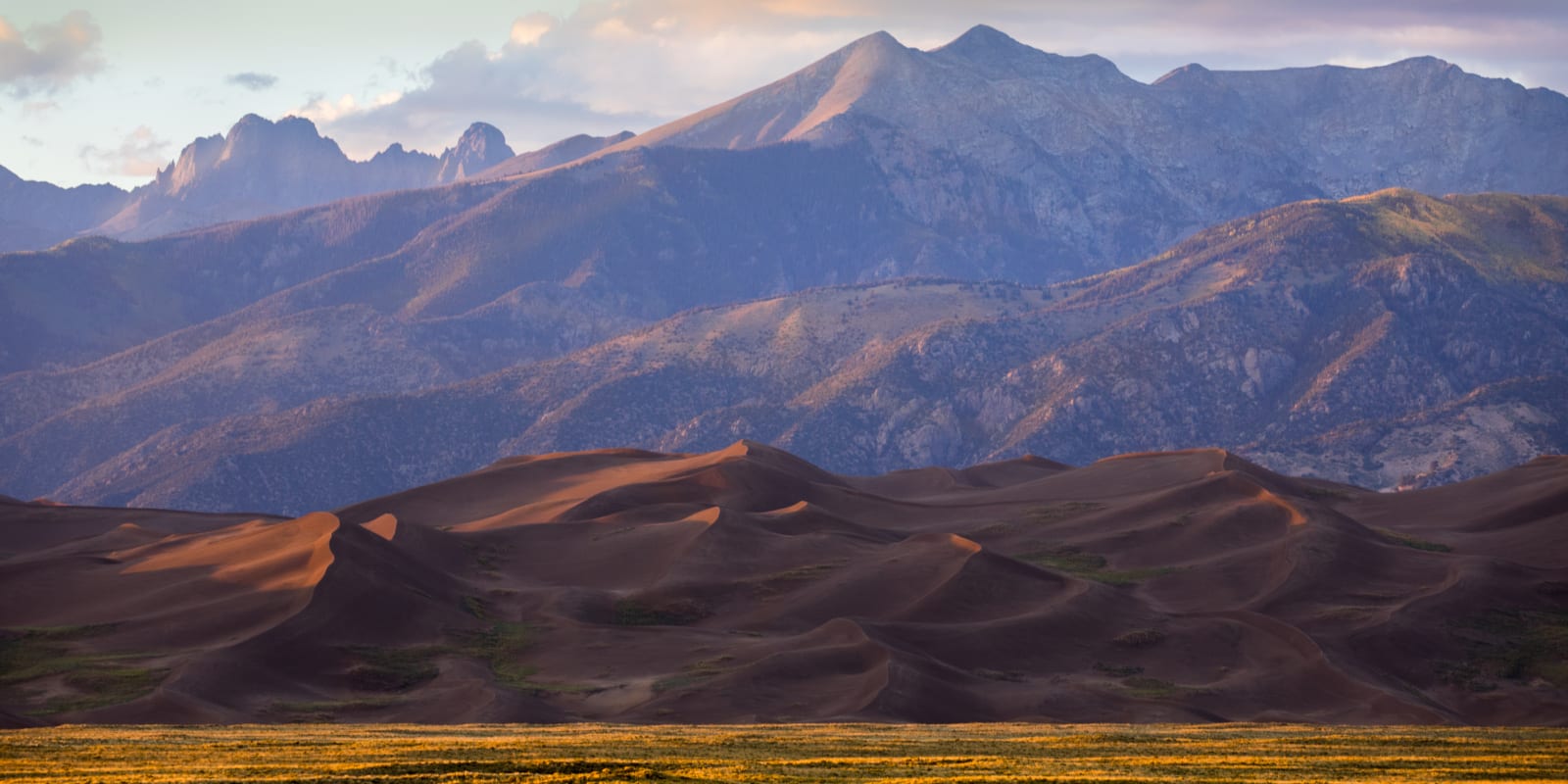Spanning from Poncha Pass near Salida in central Colorado to the peaks southeast of Santa Fe, New Mexico, the Sangre de Cristo Mountain Range is among the longest mountain ranges on Earth. It also happens to be one of the most arrestingly beautiful and iconic.
With a Spanish name translating to the “Blood of Christ,” these mountains are said to have gotten their name from a stunning natural phenomenon called alpenglow that often drenches the peaks’ with luminous reds and pinks shortly before dusk.

With most of the Sangre de Cristo mountains located far from Colorado’s densely populated Front Range Urban Corridor, it’s an independent and fascinating place not just in terms of natural beauty, but also in culture, history, and ideas. But to revel in the glory of this thrilling region, you can’t stay within Colorado’s borders, and neither will we throughout this guide.
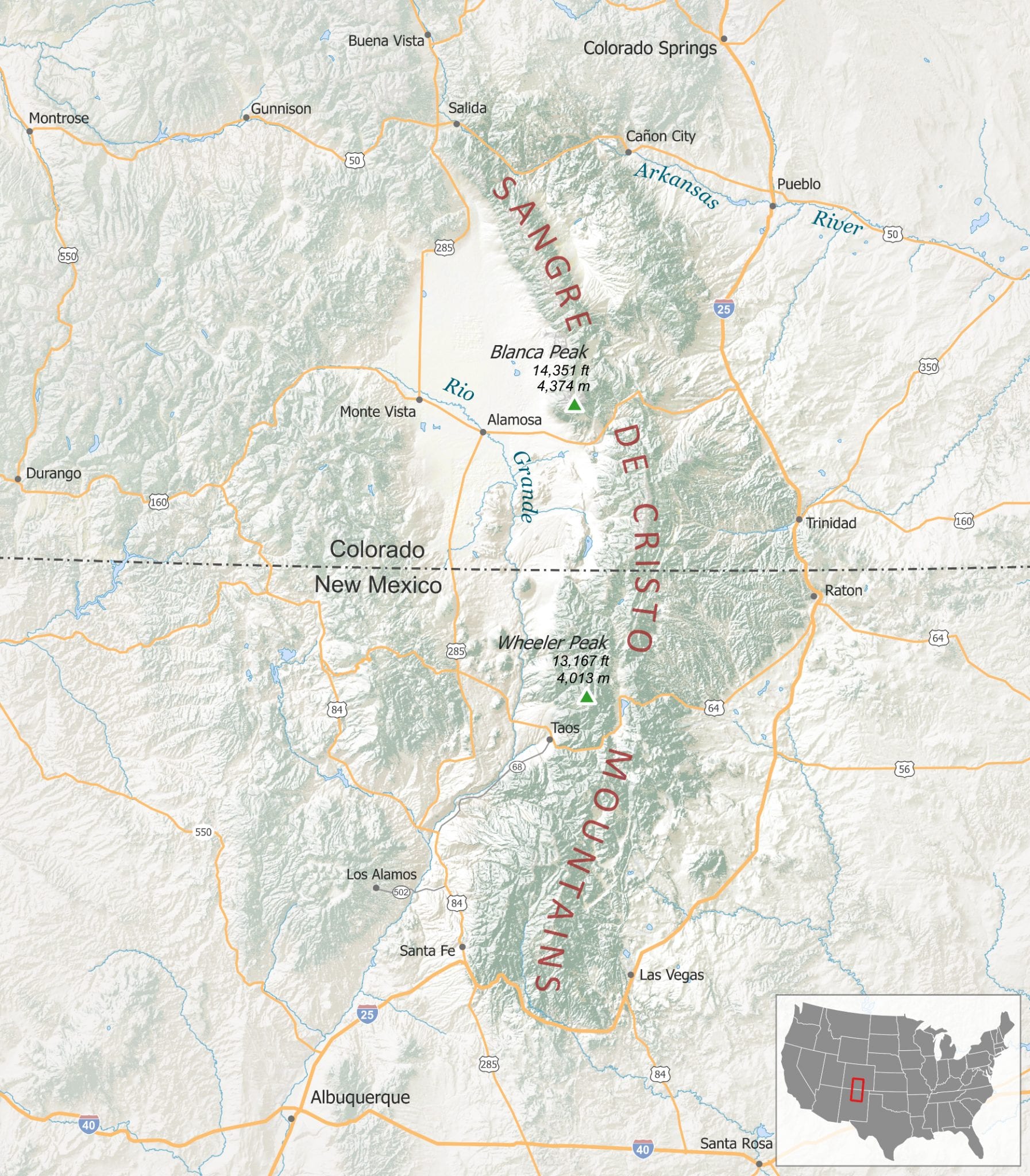
Outdoor offerings abound
By any measure, the Sangres offer some of the most memorable outdoor recreational opportunities in the nation, from the Great Sand Dunes north of Alamosa to the infinitely fun and challenging terrain at the Taos Ski Valley. In addition to skiing, you’ll find some of the best rock climbing and whitewater rafting conditions in the world in these mountains.

Just outside of the small community of Crestone lies one of Colorado’s most sprawling and captivating areas of natural beauty, the Sangre de Cristo Wilderness.
Weighing in at an immense 220,803 acres, this federally protected area is comprised of some of one the most dramatic landscapes in America, with four clumped together 14,000 ft peaks that seem to explode upwards into the Colorado sky without warning. It’s here that climbers take on the Crestone Needle, which is considered to be one of the toughest 14ers to ascend in Colorado.

Further south into northern New Mexico, a scenic byway called the Enchanted Circle takes drivers through an 83-mile route that encircles the highest peaks in the state. Drivers travel through an impressive amount of gorgeous and diverse landscapes on this route, including windswept mesas, towering mountain passes, lush valleys, and colorful high deserts.
Hikers are treated to hundreds of miles of trails throughout the Sangre de Cristo mountains, which include the San Isabel, Rio Grande, Carson, and Santa Fe National Forests. And if you’re fond of fishing, camping, hunting, snowshoeing, and/or stargazing, there are an innumerable amount of hidden-away spots to be found in these mountains that are ideal for these activities.
Subranges and notable peaks
The vast mountainous landscape encompassed within this range is made up of various groupings of subranges. These include the Sangre de Cristo Range, the Crestones, the Spanish Peaks, the Culebra Range, The Taos Mountains, the Cimarron Range, the Rincon Mountains, and the Santa Fe Mountains.

The Sangres host the tallest peaks in New Mexico, which include the Wheeler, Truchas, and Venado Peaks. Wheeler Peak stands at 13,167 ft and is home to some of the most scenic and popular hiking trails in the state.
Just to the north, you’ll find the range’s tallest mountain. At 14,351 ft, Blanca Peak is an imposing, inspiring marvel that’s especially dramatic when viewed at a distance from the vast and flat San Luis Valley to the south. Crestone Peak is a mere 51 ft shorter than Blanca but no less grandiose. Intense vertical rock formations adorn the top of this immense natural wonder.

If you’ve ever driven south of Pueblo on 1-25, you’ve almost certainly seen two of the range’s other most notable mountains, the postcard-worthy Spanish Peaks.
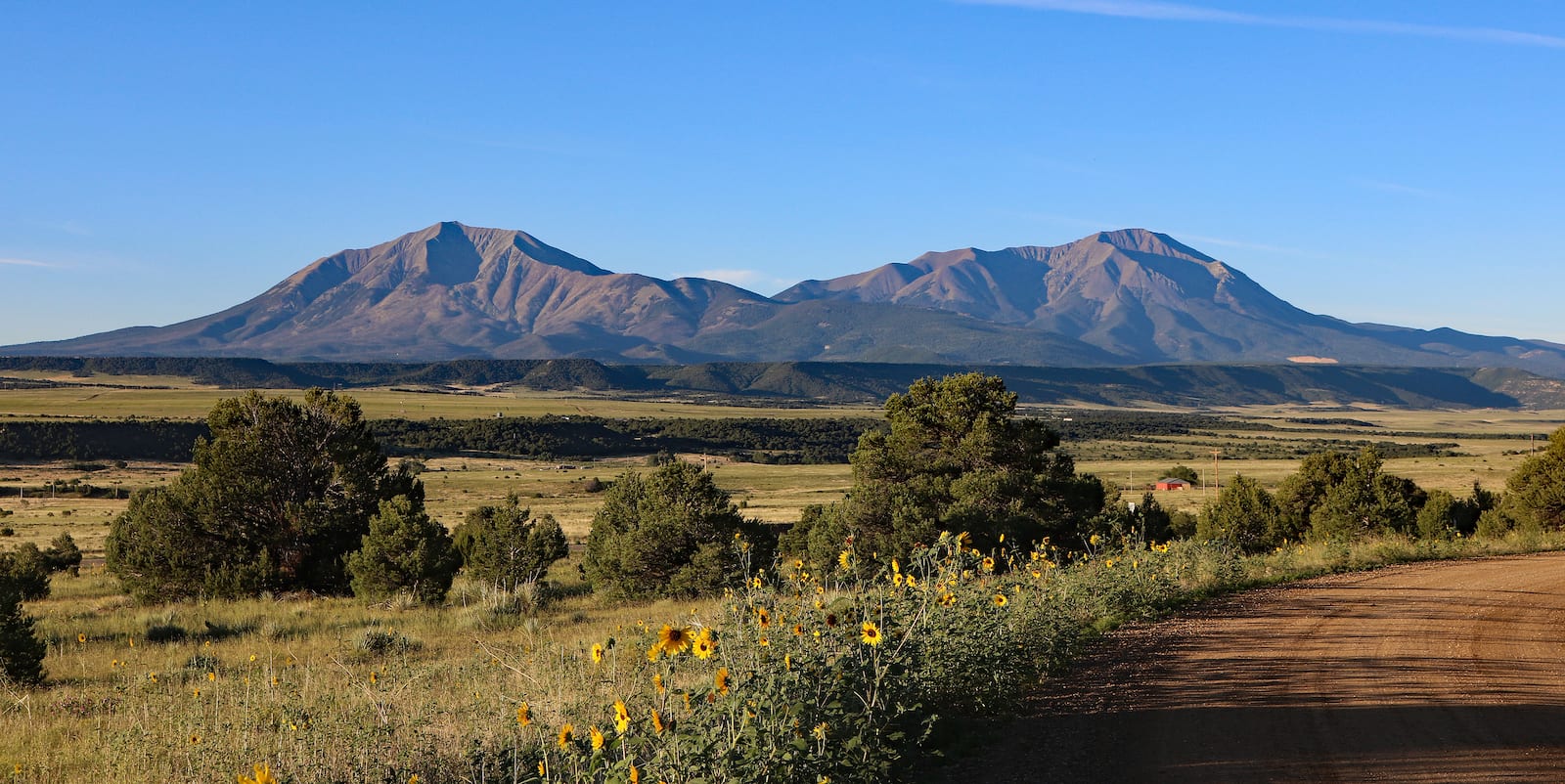
Towns and culture
The towns scattered in and alongside the Sangre de Cristo Mountains provide a fascinating snapshot of the region’s contemporary culture as well as an enlightening window far into its past. For thousands of years, this vast range of peaks was home to diverse groups of Native peoples.
The adobe pueblo structures that make up the Taos Pueblo are said to have been continuously lived in for nearly a thousand years.

Officially listed as a World Unesco Heritage Site, the Blue Lake that sits high atop the range near Wheeler Peak is a sacred place for the people of the Taos Pueblo. It’s also the headwaters for the river that runs through the heart of their still-thriving community.
The High Road to Taos winds from the north of Santa Fe through the Sangre de Cristos into Taos. It stretches for 56 miles of high desert and alpine landscapes. Either town of Santa Fe or Taos makes a great base for exploring Northern New Mexico’s Sangre de Cristos.
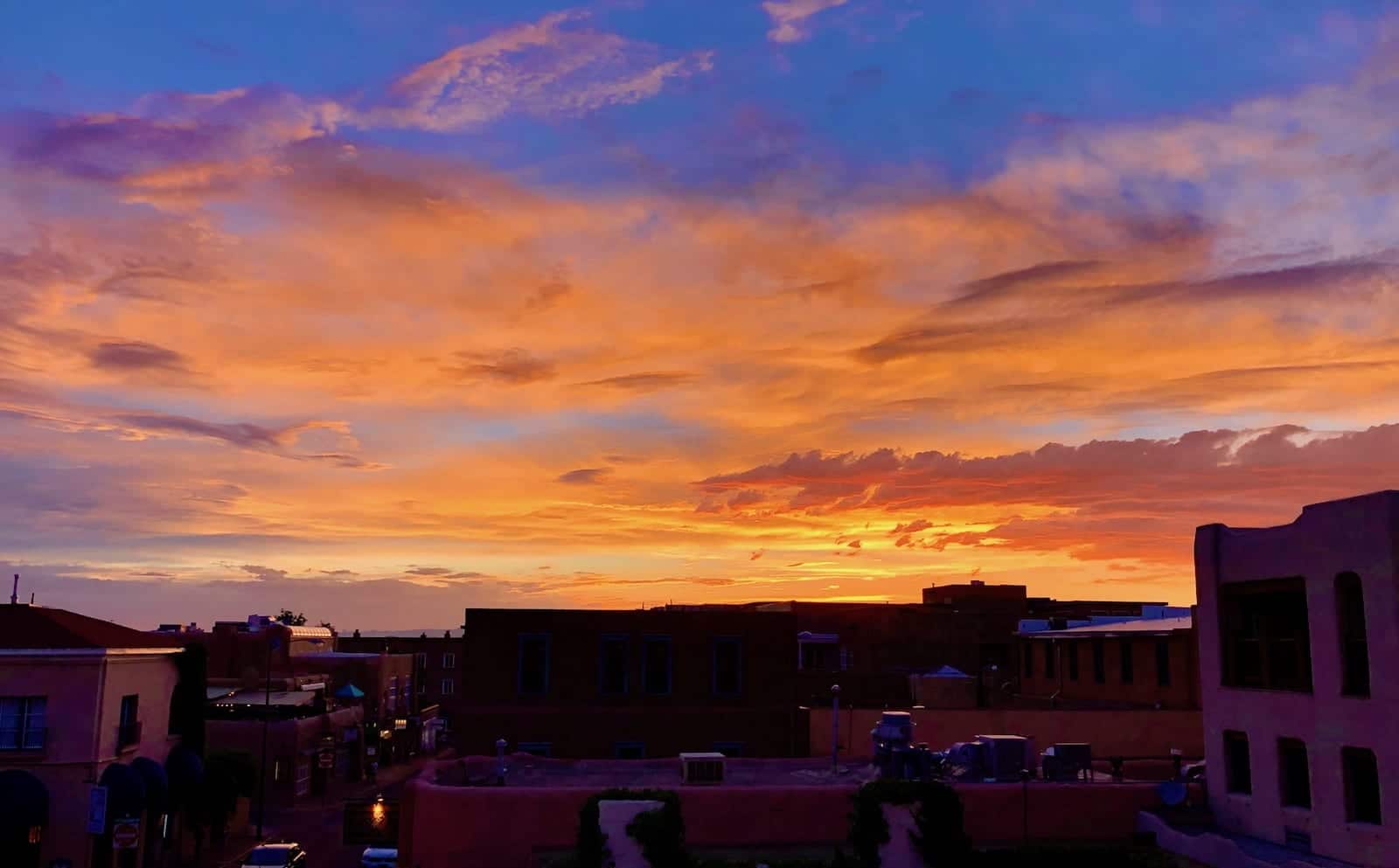
Along this historical byway, you’ll find quaint Spanish-settled communities and the Santuario de Chimayo church, which sees travelers from the world over who visit to become healed by its “holy dirt.”
Some say this church is the most important pilgrimage site for Catholics in America. With countless art galleries and museums scattered around the historical city of Santa Fe, it’s one of the most important and rewarding art and culture destinations in the United States.

In the southernmost section of Colorado near the Sangre de Cristos are the oldest settlements in the state, including the town of San Luis, which is said to have been continually occupied the longest.
On the opposite, the eastern side of the Sangres near I-25 and the New Mexico border is Trinidad. It’s the last town you’ll pass in Colorado on the interstate rolling south. The first New Mexican town you’ll arrive at is Raton, after ascending/descending Raton Pass.
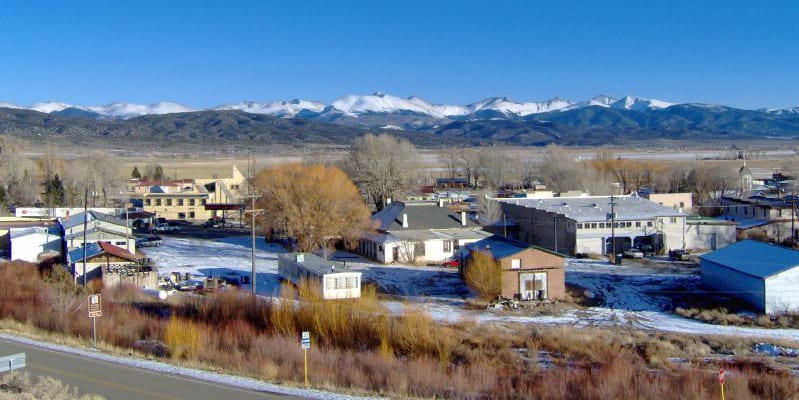
The next larger town north on I-25 is Walsenburg, which like Trinidad, is a gateway to the Highway of Legends, another scenic byway worth driving. It takes you along the slope of the Sangre de Cristos, past the cool mountain towns of La Veta and Cuchara.
On the eastern slope of the mountains further north, the town of Westcliffe sits along the Frontier Pathways, a national scenic byway connecting Pueblo, Westcliffe, and Colorado City. It offers the sort of quaint restaurants and hotels you’d expect from an isolated mountain town. But when the sun goes down, the area’s internationally recognized dark sky conditions give visitors one of the best stargazing experiences in the world.
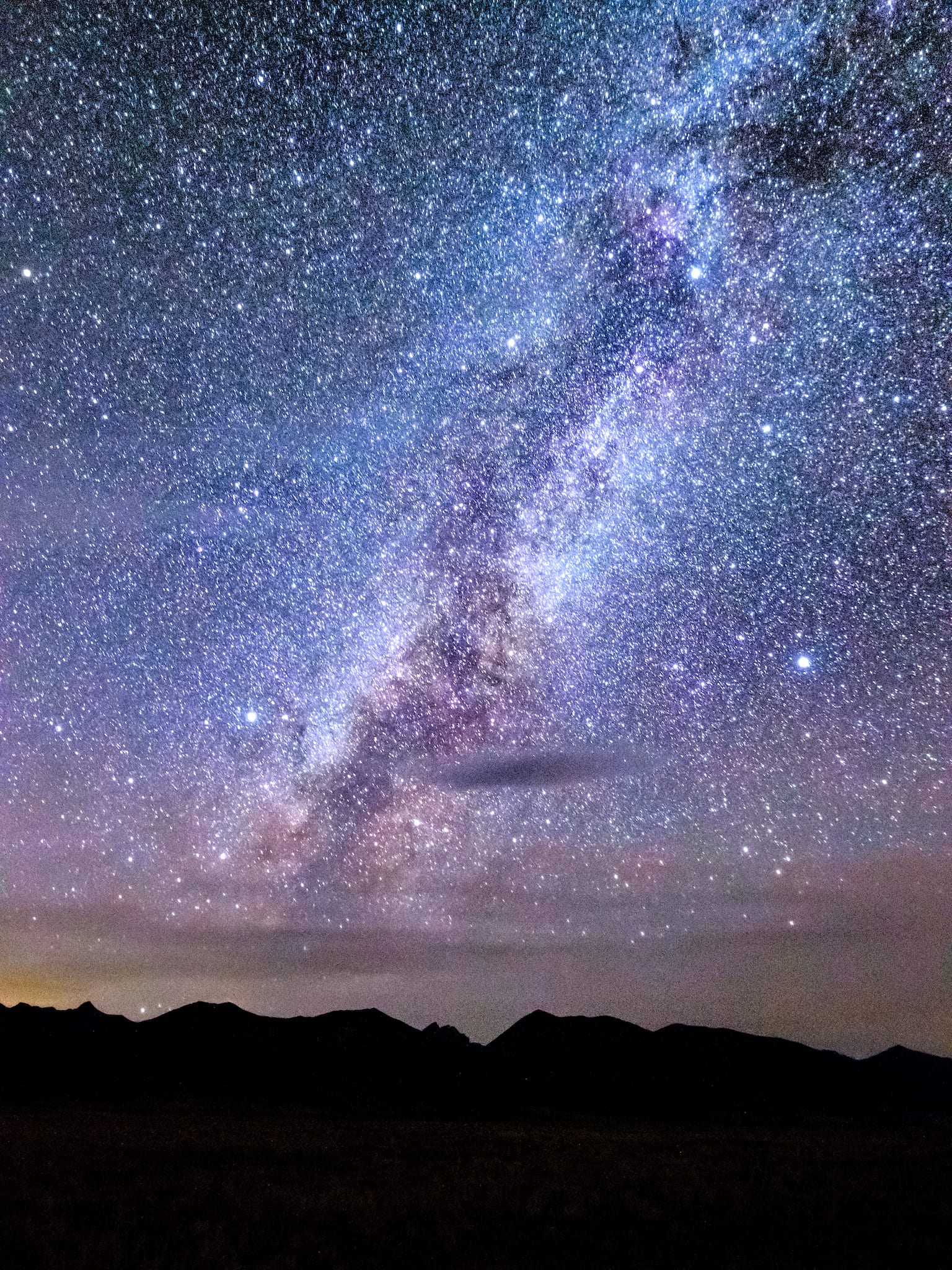
Across the range near the western slope lies a tiny town that has become an internationally famous spiritual destination. With a population of just over 100, the community is home to a Hindu temple, Zen center, monastery, and multiple Tibetan Buddhist places of worship. This town of Crestone is located in the fascinating San Luis Valley.
With Colorado’s Front Range continuing to grow at a rapid pace, it’s easy to forget that there are truly rugged and wild places to explore that are close by. Vast, uncrowded, and brimming with places to see and stories to be fascinated by, the Sangre de Cristo Mountains are one of the most rewarding destinations in the US.
Details
Closest towns: (westside–north to south)
Closest towns: (eastside–north to south)
- Salida
- Wellsville
- Howard
- Cañon City
- Coaldale
- Cotopaxi
- Hillside
- Westcliffe
- Silver Cliff
- Colorado City
- Walsenburg
- La Veta
- Cuchara
- Stonewall
- Trinidad
Season: Year-round
Subrange of: Rocky Mountains (southern most subrange)
Elevation: 14,351 feet (4,374 meters) – highest point – Mt. Blanca, Colorado

